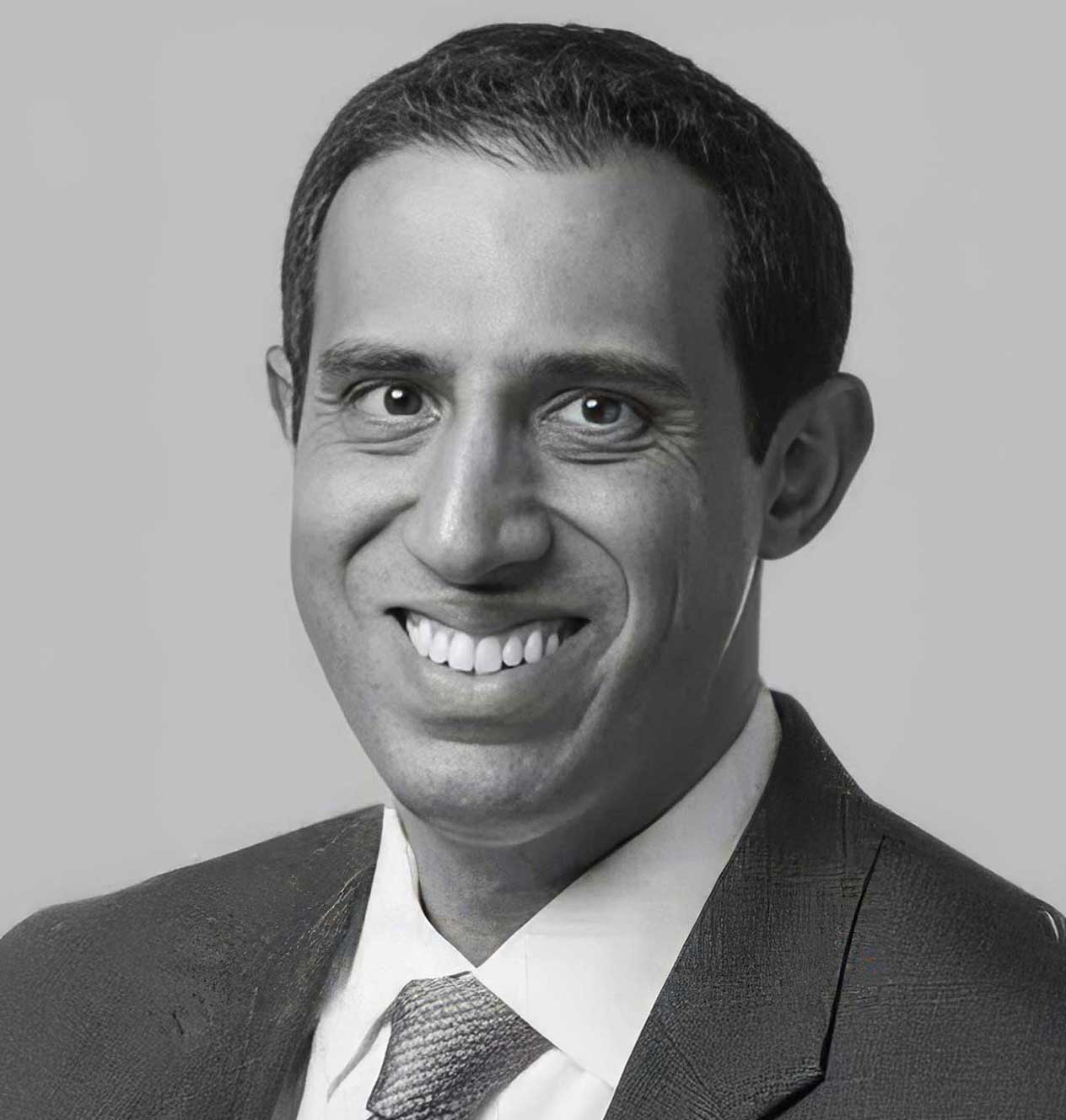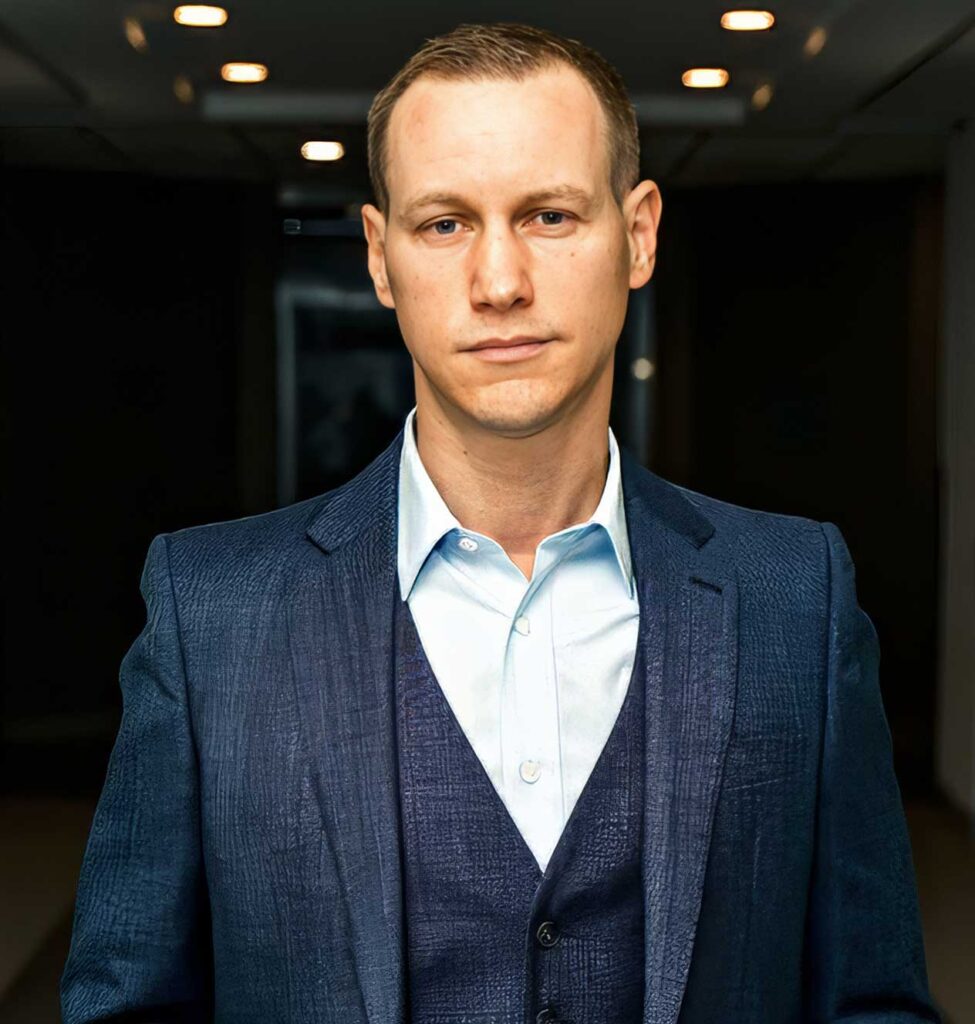What is Vicarious Liability?
What is vicarious liability in personal injury law?
Vicarious liability is a legal principle that holds one party responsible for the actions of another. Most often, it applies to employers being held liable for their employees’ negligence while on the job. The idea is that the person or entity with control over the wrongdoer should also bear the legal consequences. This means a victim can sometimes recover damages from a deeper pocket, even if that party didn’t directly cause the harm.
Holds a party legally responsible for another’s actions.
Commonly applies to employer-employee relationships.
Allows victims to pursue financially responsible parties.
Based on the idea of control and benefit from the wrongdoer’s work.
How does vicarious liability work in practice?
If an employee causes an accident while performing job duties, the employer can be sued for the resulting damages. This is true even if the employer did nothing wrong personally. However, if the worker acted far outside the scope of employment — for example, running personal errands — the employer may not be liable. Courts often look closely at the facts to decide.
Applies when actions occur within the scope of employment.
Employer liability can exist even without personal fault.
No liability if the act is outside work duties.
Fact-specific analysis determines applicability.
Why is vicarious liability important for injury victims?
It often gives injured people a better chance of full recovery because the employer usually has insurance or deeper financial resources. Suing only the individual employee might leave a victim unable to collect the full amount of damages awarded. By holding the employer liable, the law shifts the financial risk to the party better able to absorb it.
Gives victims access to insurance coverage.
Increases likelihood of full compensation.
Shifts financial risk to the responsible business.
Promotes safer workplace practices.
Are there limits to vicarious liability?
Yes. It typically applies only in certain relationships — like employer/employee, parent/child in some cases, or business partner/partner. Independent contractors usually don’t trigger vicarious liability, although exceptions exist. Additionally, some states have caps or special rules for certain types of claims.
Not all relationships qualify.
Rare for independent contractor situations.
May have state-specific limitations.
Legal advice is crucial for clarity.
Conclusion:
Vicarious liability can be a powerful tool for injury victims, allowing them to hold a responsible party accountable even if that party didn’t directly cause the harm. Understanding when it applies can make the difference between limited recovery and full compensation.
What is Vicarious Liability?
Vicarious liability is when one party is legally responsible for the actions of another, such as an employer being liable for an employee’s negligence on the job.
Does vicarious liability apply to independent contractors?
Generally no, unless the contractor is treated as an employee under the law or meets a specific exception.
Can parents be vicariously liable for their children’s actions?
In some states, yes — especially if a child causes injury or property damage. Laws vary by jurisdiction.
What does “scope of employment” mean?
It refers to actions reasonably related to an employee’s job duties, done during work time.
Featured Articles
-
Glossary
What is Doctrine of Avoidable Consequences?
What is Doctrine of Avoidable Consequences? What is the doctrine of avoidable consequences in personal injury law?The doctrine of avoidable consequences is a legal.
-
Glossary
What is Independent Medical Examination?
What is Independent Medical Examination? What is an independent medical examination in personal injury law?An independent medical examination (IME) is a medical evaluation requested by.
-
Glossary
What is Collateral Estoppel?
What is Res Judicata? What is collateral estoppel in personal injury law?Collateral estoppel, also known as “issue preclusion,” is a legal rule that prevents.
Explore our Contributors
Discover Next
Insights from Experts
Learn from industry experts about key cases, the business of law, and more insights that shape the future of trial law.







